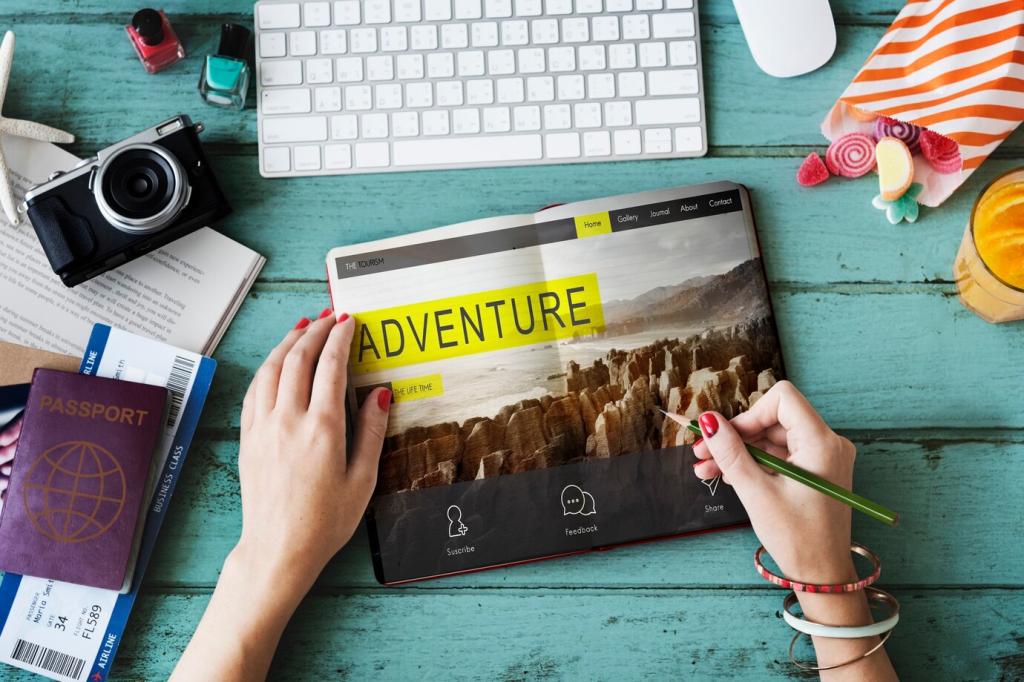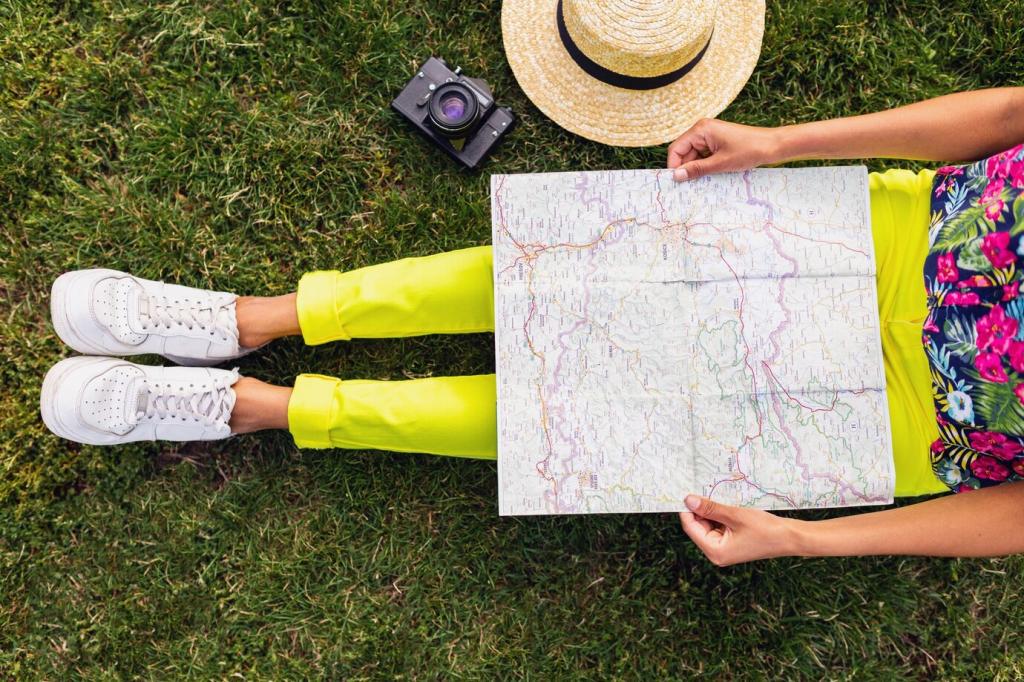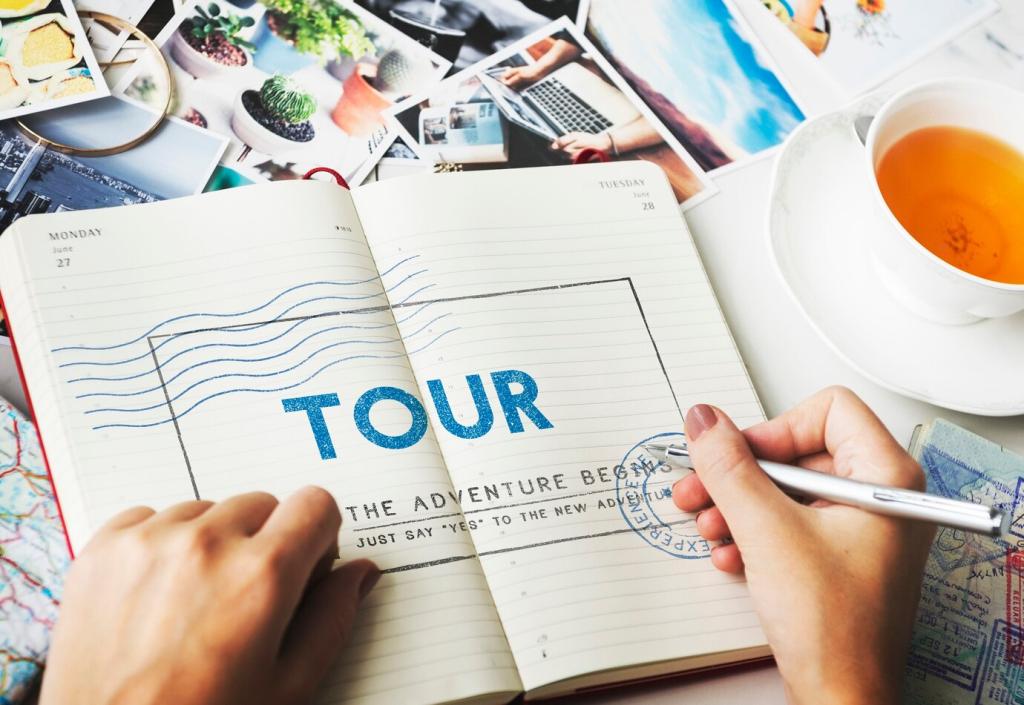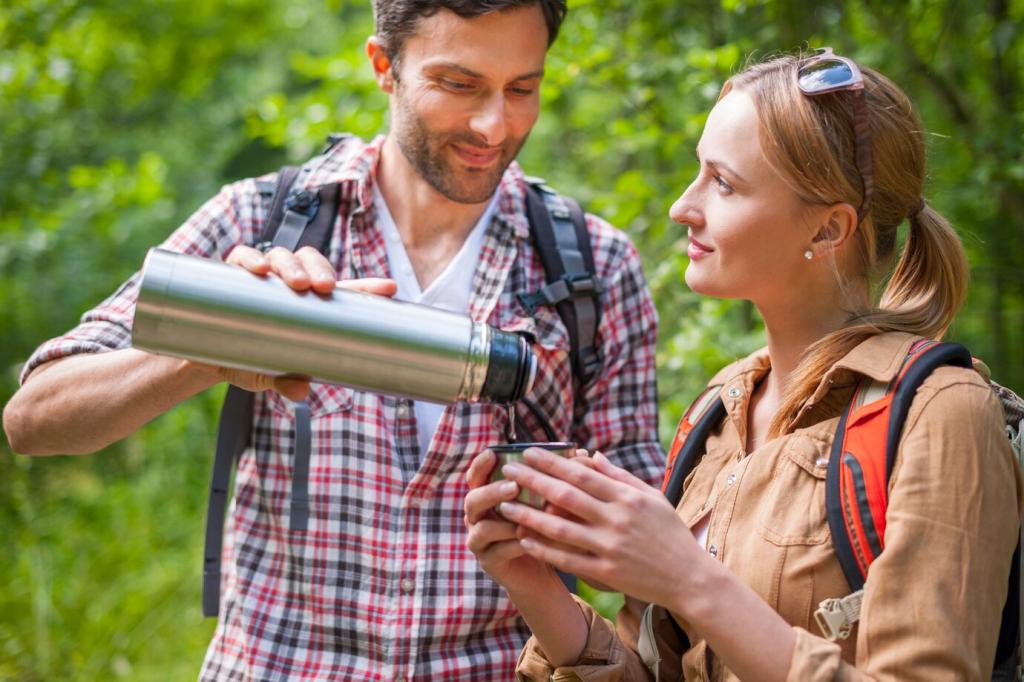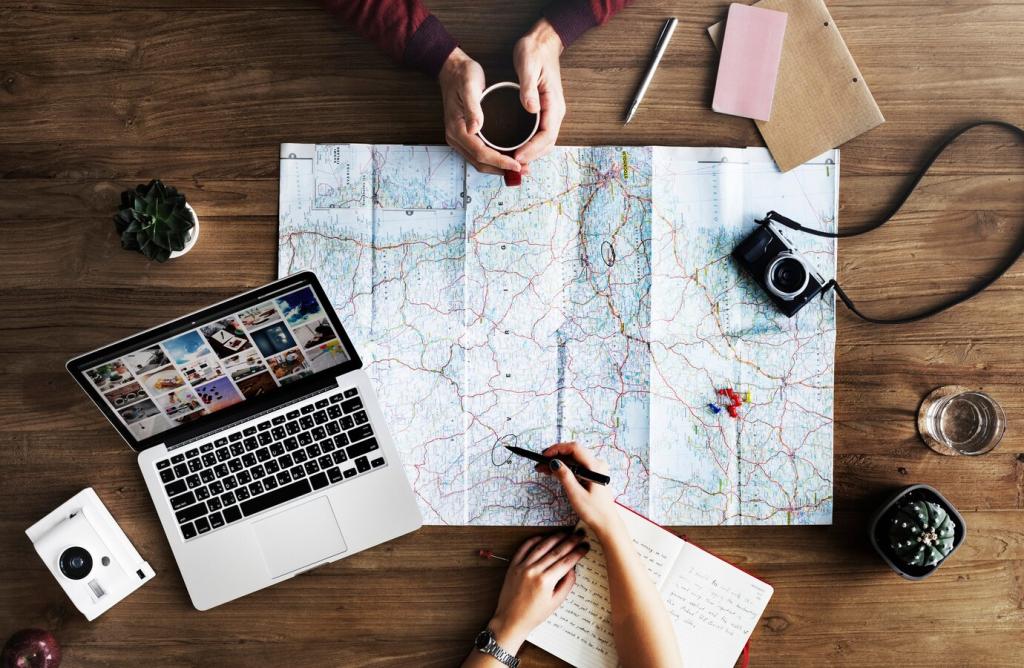Clothing Layers for Any Climate
Merino or technical synthetics pull sweat off skin, reducing chills and chafing. Avoid cotton; it clings when wet. Choose a long-sleeve sun hoodie for desert glare and a short-sleeve tee for humid climbs. Pack spares and rotate to stay fresh.
Clothing Layers for Any Climate
Down jackets compress tiny, ideal for dry, cold nights; synthetic insulation keeps heat even when damp. A light fleece adds versatility for movement-heavy days. Aim for modular pieces that stack well and wear comfortably under a trim rain shell.

